
Cleaning Your RV Black Water Tank in 4 Easy Steps
Drain Tank Remove Buildup Add Water Add Treatment
How Do I Clean My RV Black Water Tank?

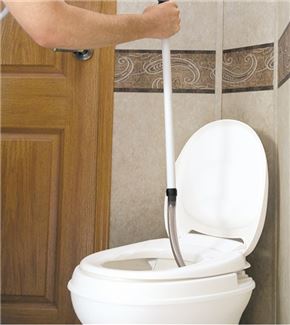
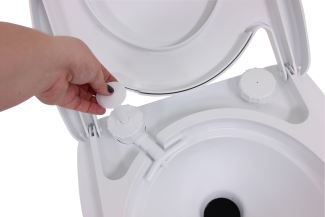
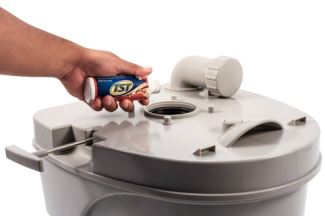
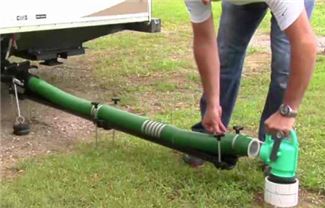
1. How Do I Drain My RV Black Tank?
Dump the tank when it's at least 2/3 full. This will ensure there is enough water to suspend the solid matter and allow the tank to drain. If you have to dump before this point, fill the tank with water first. Dump your black tank first, then dump the gray tank. The gray tank water will help flush out anything stuck to the insides of the sewer hose. Be courteous at the dump station. Many dump stations around the U.S. are closing due to uncourteous RVer behavior and the use of harmful chemicals to treat waste tanks. Using environmentally friendly treatments (no formaldehyde!) and good dump station manners helps keep these vital stations open for public use. Don't keep your black valve open at the campground. You can leave your gray valve open, but the black should remain closed until you're ready to dump. Leaving it open allows the water to drain out, so all you're left with is undrainable sludge in your tank. That's a mess you don't want to mess with. Don't use your drinking (potable) water hose to flush out your sewer hose or black water tank. If backflow occurs, you don't want your waste water anywhere near your fresh water. Use a separate hose!
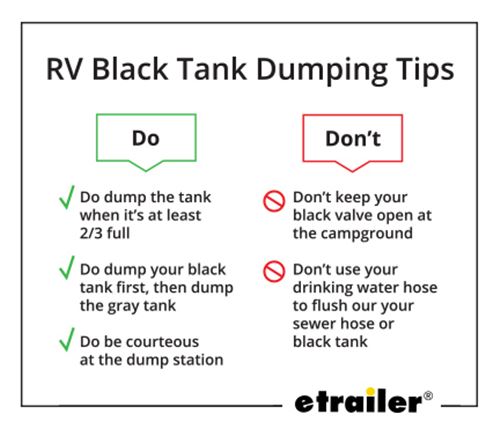
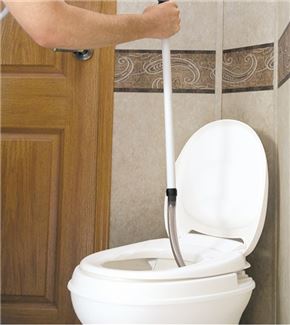
2. How Do I Remove Black Tank Waste Buildup?
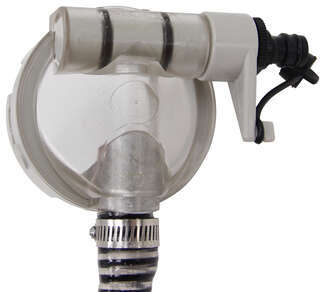
1. Macerator

2. Flush Valve
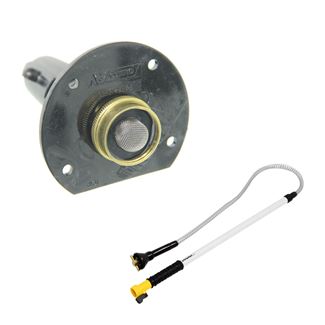
3. Tank Rinser

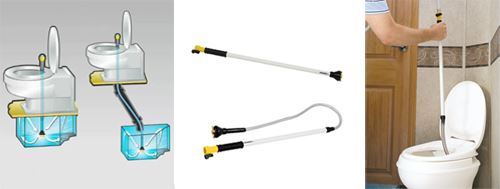
3. Add Water

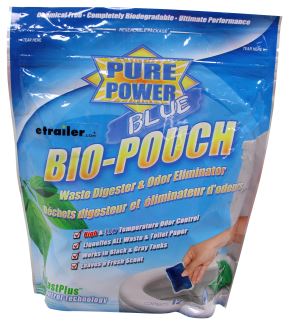
4. What is the Best Way to Treat a Black Water Tank?
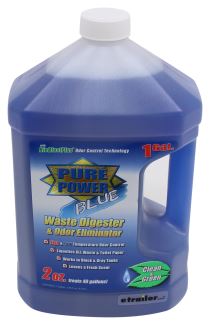
1. Liquid Treatments
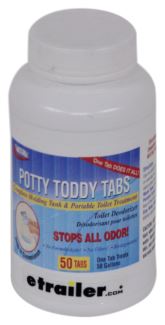
2. Drop-In Treatments
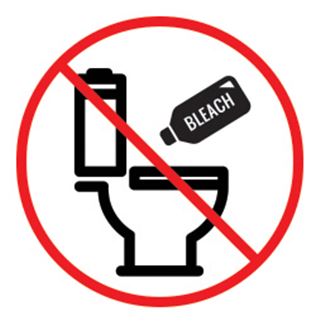
3. DIY Treatments
GEO method: The GEO method is great for preventing solids from adhering to the tank and sensors. This is one of the oldest and most popular DIY treatments among RVers. 1 cup powdered water softener OR 1 cap liquid softener (Calgon is the popular choice. Many RVers use Borax as a substitute as well.) 1 cup laundry detergent OR Dawn dish soap
Dawn liquid soap: Although Dawn soap is more effective with the assistance of a water softener like Calgon (see the GEO method above), Dawn is also used to treat tanks on its own. This is another very common treatment method among RVers. 1 cup Dawn liquid dish soap
Baking soda: This method is primarily used for reducing odors and is less common than the more popular methods mentioned above. 1 cup baking soda
Yeast: Yes, the same yeast that goes into baking a delicious loaf of bread can also eat away at waste buildup in your RV tank. However, this method does take several days to have any effect, so it's not the best choice if you have to dump your tank frequently. Yeast will also not break down toilet paper as it will waste. There are certainly more effective tank treatments even within the DIY category. Yeast is sometimes used in combination with hydrogen peroxide (see below). 4 oz. baker's yeast
Hydrogen peroxide: Store-bought peroxide is heavily diluted (about 3% peroxide), which isn't strong enough to have a very dramatic effect on your RV black tank. Peroxide will also not break down toilet paper as it will waste. You're better off using a treatment designed for RV tanks or a more effective DIY method, like the GEO method described above. Hydrogen peroxide is sometimes used in combination with yeast (see above). 10 oz peroxide
Water: A considerable number of RVers choose to forgo chemicals and additives altogether. If you do so, the important thing is to make sure you use plenty of water to make sure solids don't have a chance to stick. Also ensure that you're flushing out the tank thoroughly after dumping, using one of the cleaning methods mentioned above. Water, water, and more water
Bleach: Bleach will certainly kill bacteria in your black water tank, but this includes the bacteria necessary to break down waste. Too much bleach can also damage your RV's seals and gaskets. In fact, many RV owner's manuals warn against using bleach in toilets and drains. For these reasons, using bleach in your black tank is not recommended—particularly not when there are so many safe, simple, economical alternatives. 1/2 cup bleach
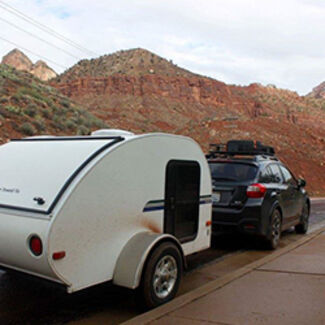
Rosa B.
2/23/2021
I live in my RV, do I still need to open/close my black and gray water tank valves?


Curtis L.
5/8/2020
Thank you, most of the things that you went over has proven that all it takes is a little common sense and a couple of minutes to research. Thanks again for the refresher!

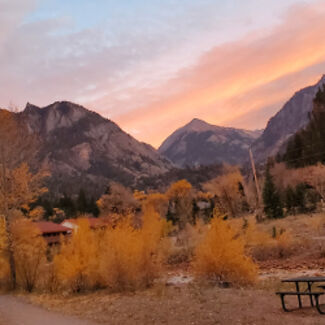
Gary G.
4/17/2020
Boondock camping. I purchased a black holding tank and a fresh water tank from an old travel trailer and put them in the bed of my truck. Each is about 40 gallons. They were only 10 dollars each. I also bought a grinder pump. I pump my gray water into the holding tank in the back of the truck. Than I refill the fresh water tank from the fresh water tank in the truck bed. Than when we go to town I empty and refill the fresh water tank in the truck bed. This extends our stay without having to pull the trailer back to town to empty tanks.

Departments
Towing
- Trailer Hitch
- Fifth Wheel
- Gooseneck
- Towing a Vehicle
- Front Hitch
- RV Hitch
- ATV Hitch
- HD Truck Hitch
- Vehicle Wiring
- Brake Controller
- Ball Mounts
- Weight Distribution
Sports and Recreation
Trailer Parts
- Utility Trailer
- Boat Trailer
- Landscape Trailer
- Enclosed Trailer
- 5th/Camper Trailer
- Car Hauler
- Horse Trailer
Vehicle
Contact & Help

Popular Vehicles
- Subaru Forester
- Ford F-350 Super Duty
- Ford F-250 Super Duty
- Chevrolet Silverado 1500
- Jeep Wrangler Unlimited
- Jeep Wrangler
- Ram 3500
- Toyota Highlander
- Ram 2500
- Chevrolet Silverado 2500
- Subaru Outback Wagon
- Chevrolet Silverado
- Dodge Ram Pickup
- GMC Sierra 2500
- Ram 1500
- Ford F-250 and F-350 Super Duty
- Jeep Grand Cherokee
- Toyota Tacoma
- GMC Sierra 3500
- Toyota Tundra
- Ford Escape
- More >>


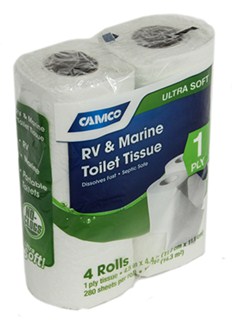
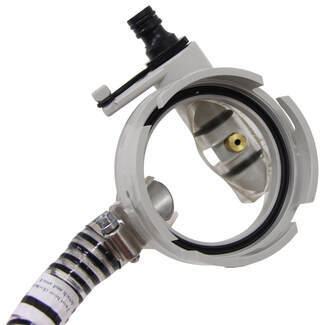
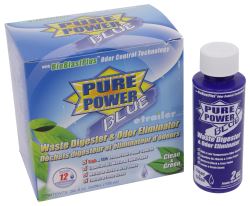
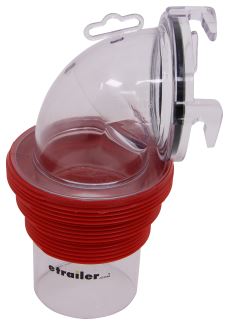





















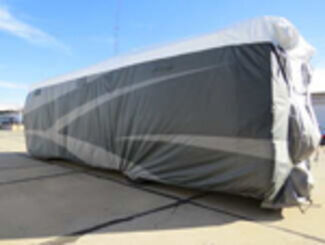


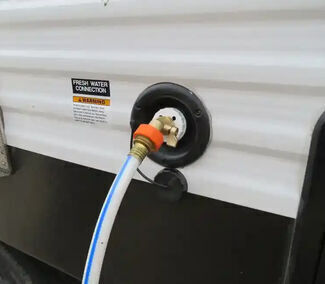





Mark C.
11/10/2022
Thank you for this information, I found it to be very helpful. I bought a used RV that wasn’t taken care of properly and I think there is a lot of buildup in my black tank. I can flush it until the water runs clean and it will stay that way until I put a couple bags of ice in the tank before traveling. I only add enough water to make sure the ice sloshes and scrapes the bottom. When I arrive at my next park I empty the tank and lots buildup comes out. My sensors never read less than 1/3 full so I am convinced that buildup has been allowed to harden on the bottom of the tank. The RV has a flush system but it’s not enough to break up buildup. I would appreciate any advice on an easier was to clean up the tank. BTW the ice method does work if done right. Adding too much water will cause the ice to float. We used to glass clean coffee pots by putting a handful of ice cubes in it with some salt and swish it around. The coffee pot is left spotless. So I am wondering if I could add some rock salt to the mix to act as a scouring agent. The salt should dissolve and flush on the next rinse. What do you think?